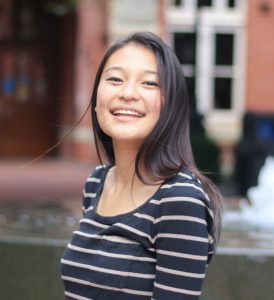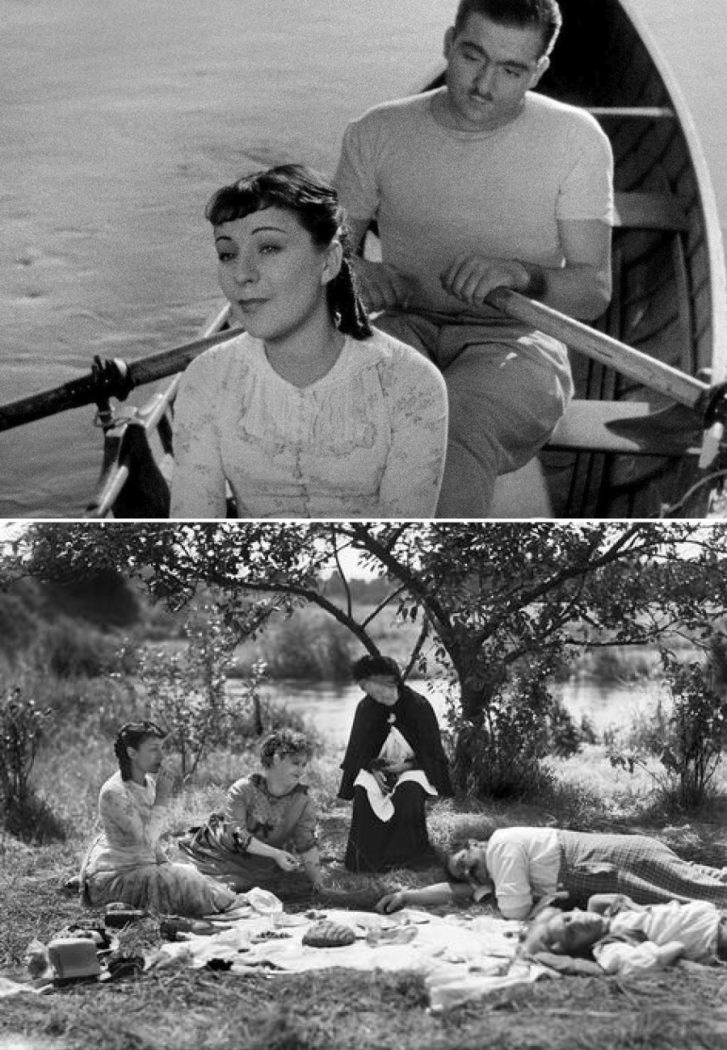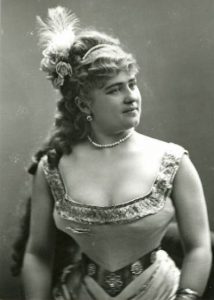In this series, Manager of Visitor and Family Engagement Emily Bray profiles volunteers within the museum. Phillips volunteers are an integral part of the museum and help in many ways: greeting and guiding guests through the museum, helping with Sunday Concerts, assisting patrons in the library, helping out with Phillips after 5 and special events, and so much more. Our volunteers offer a wealth of expertise and experience to the museum, and we are delighted to highlight several them.
Jenna Chen, Art Information Volunteer

Jenna Chen
What year did you start volunteering for The Phillips Collection?
I started volunteering the summer of 2017.
What do you see as the most valuable aspect of your volunteering?
My favorite part of interacting with visitors is seeing how eager they are to share their previous experiences at art museums and the reasons why they are at the Phillips. Seeing how excited first time visitors are to stand in front of Renoir’s Luncheon of the Boating Party enhances my volunteer experience. Volunteering at the Phillips is a wonderful opportunity to surround myself with art lovers.
What do you do when you are not volunteering at the Phillips?
As a biology and art history student at Georgetown University, I spend a decent amount of time in the library preparing for class. During my free time, I enjoy hiking and exploring DC with friends.
What is your favorite room or painting here?
My favorite painting here is Succession by Wassily Kandinsky. I just read Kandinsky’s book Concerning the Spiritual in Art, so I now understand his abstract art on a new level. I am still puzzled, yet fascinated by Succession. There is not a time that I walked by the painting without stopping to stare at it.
If you had to choose one word to describe The Phillips Collection, what would it be?
Intimate.
Share a fun fact about you!
Last semester, I studied abroad in London and took full advantage of the city’s free museums. I constantly lost track of time when wandering through the National Gallery, V&A, Wallace Collection, and Tate Modern. As an extroverted person, I found it surprising how comfortable I felt alone in these museums. I actually strongly prefer to visit art museums without others, and those are the only places where I like to be by myself.
Is there anything else that you would like to share?
Volunteering at The Phillips Collection confirmed that I am happiest when surrounded by art. I am now even more determined to pursue a career in art museums!



